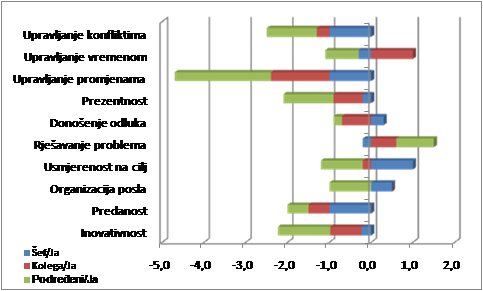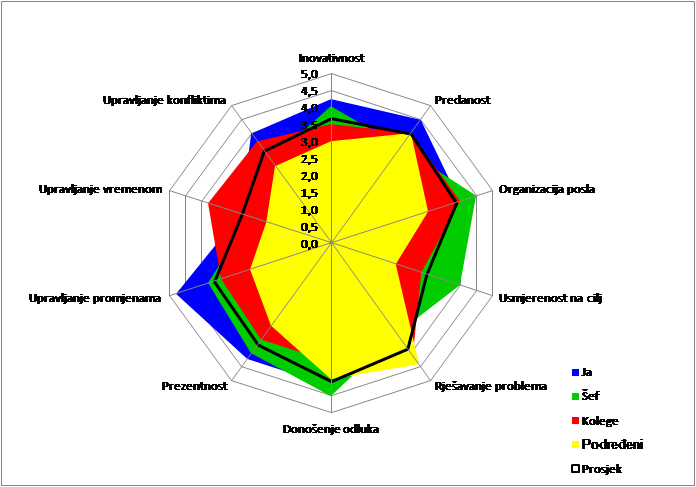One of the powerful tools that capture the attributes behind critical functions is the competency model. Such a model not only systematically organizes the success factors behind each job position but also describes the behaviors needed to achieve maximum performance. Competency models can also be a key component in developing an integrated HR system. In every job, some individuals perform better than others. Top employees work in a different way and have different characteristics or “competencies” compared to average ones. The competency model represents a description of the competencies that top employees possess in a specific job or within a certain family of jobs. In essence, the competency model is a “blueprint for superior performance.”
Why is the COMPETENCY MODEL important for the company?
A good competency model must meet the needs of key users. If successfully established, such a model:
-
Provides a systematic way to implement the same standards across the organization
-
Helps reduce bias in performance evaluation
-
Improves hiring success
-
Provides insight into the training needs for a specific position
-
Allows for quick verification of critical job qualities
What can we do?
Competencies are a combination of knowledge, attitude and experience, personality traits, motivation, and behaviors that lead to the difference between above and below-standard performance. The essence of implementing a competency model is that, instead of personal characteristics that can only be measured and evaluated by professionals in the field (psychologists, psychiatrists, etc.), managers can also assess complex individual characteristics that condition work behavior through certain training. We offer the adaptation of existing competency models or the development of entirely new models in line with organizational needs. Our approach is to establish a working framework with the goal of integrating key, functional, and leadership competencies.
The competency model is not only dependent on individual characteristics or roles but also on the context, i.e., all those organizational elements unique to each organization. The advantage of our system lies in the fact that its working framework encompasses a large number of different competencies and provides each client with the possibility to choose competencies according to their own needs and desires. This model also allows for self-assessment by individuals, but key information is obtained after assessment by relevant others (colleagues, subordinates, superiors, external/internal users, clients – form of 360-degree feedback).


